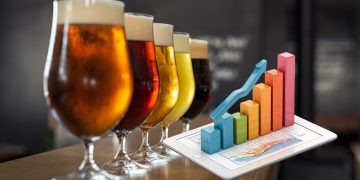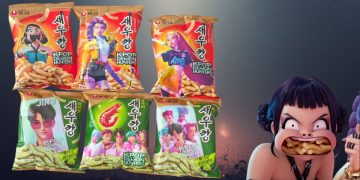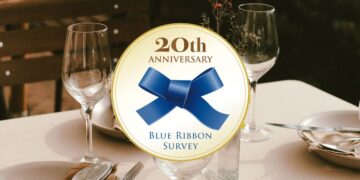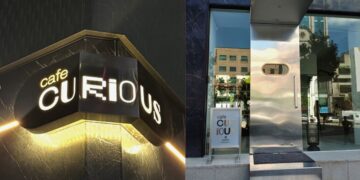If you’ve ever stumbled upon a Korean livestream where someone eats sizzling samgyeopsal with perfect crunch, or stirs a bubbling stew while chatting casually to viewers, then you’ve already witnessed one of the most defining cultural exports originating from South Korea: food-centric broadcasts. But in 2025, what started as entertainment has become something far deeper that reflects the real Korean food culture.
With mukbang and cookbang taking center stage, have you not been you curious about these food-centric broadcasts in South Korea? And what do you think they actually tell us about Korean food culture? Join us in a complete discussion if you want to understand them better.
What Are Food-Centric Broadcasts from South Korea?
In the global media landscape, South Korea has carved out a unique digital genre—food-centric broadcasts—that includes mukbang (eating shows) and cookbang (cooking shows). While the term “broadcast” may sound traditional, these are primarily online video formats—livestreams or pre-recorded uploads—where the food itself becomes the content, the context, and the cultural conversation.
These broadcasts do more than fill screens with sizzling visuals. They reflect how Koreans think about food, how they bond through meals, and even how they cope with modern loneliness. They’re not just about watching someone eat or cook—they’re a mirror of Korean society, one bite at a time.
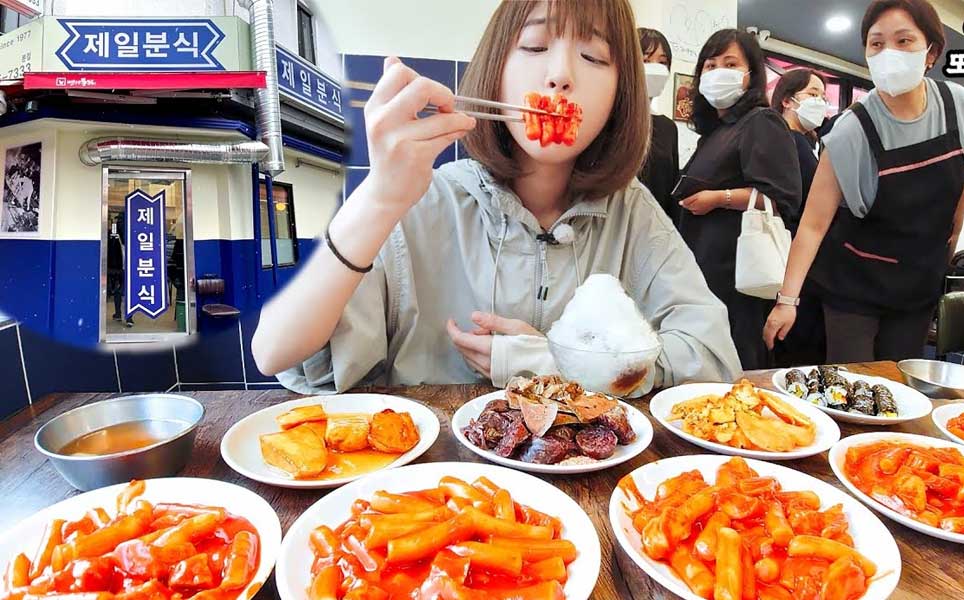
A Nation Where Meals Are Never Just About Food
In Korean culture, food is inseparable from connection. The word bapsang (밥상) refers to a full table setting and symbolizes more than sustenance—it stands for care, respect, and social belonging. That’s why even a solo bowl of kimchi jjigae can feel emotionally complex.
When mukbang first gained popularity in the early 2010s, it wasn’t because of spectacle alone. As the number of single-person households rose and traditional family dinners became less common, these broadcasts filled a social gap. Viewers tuned in not just to watch—but to eat with someone. It created a shared table, digitally.
Meanwhile, cookbang—cooking-based food-centric broadcasts—revived appreciation for Korean culinary traditions. From humble soybean stew to royal palace dishes, cookbang videos became a window into both ancestral recipes and modern innovations. Platforms like YouTube and Korean TV channels began blending entertainment with education, making everyday dishes emotionally resonant again.
Food-Centric Broadcasts Originating from South Korea: Mukbang & Cookbang
To truly understand South Korea’s food-centric content, it helps to distinguish between these two dominant formats:
Mukbang (먹방)
Mukbang is the short form of for meokneun bangsong (“eating broadcast”). This is one of the food-centric broadcasts originating from South Korea that features hosts—called BJ (Broadcast Jockeys)—eating large portions of food while interacting with viewers.
Popular hosts like tzuyang, Eat With Boki and GONGSAM TABLE showcase traditional dishes like spicy noodles, fried chicken, or grilled eel, often with high-quality ASMR sound to enhance sensory engagement. Some include themed challenges, while others focus on cozy home-cooked vibes.
Cookbang (쿡방)
Meanwhile, cookbang, short for cooking broadcast, blends culinary demonstration with entertainment.
As one of the rising food-centric broadcasts originating from South Korea, cookbang’s hosts may share detailed recipes, tips, or even kitchen fails.
Some shows are studio-produced (like Baek Jong-won’s cookbang programs on television), while others are hosted by influencers in casual home kitchens. Aaron and Claire, a couple famous for cooking Korean dishes in English, are a top example of globally accessible cookbang.
While mukbang focuses on the final experience of eating, cookbang values the process—chopping, seasoning, simmering—and all the unspoken emotions in between.
Why Food-Centric Broadcasts Matter in Korean Food Culture
The global appeal of these food-centric broadcasts originating from South Korea may be tied to spectacle, but for locals, it’s about identity and ritual.
In Korean food culture, meals often come with inherited etiquette: shared banchan (side dishes), unspoken rules about hierarchy at the table, or comforting dishes tied to seasons and milestones. These nuances often get passed down at home—but today, digital broadcasts have become the next-generation classroom.
That is why watching a grandmother host a cookbang using perilla leaves and anchovy broth will give you that quiet lesson in jipbap (home food). In contrast, tuning in to a mukbang with sizzling galbi will become a reminder of shared grilling on road trips or Chuseok family gatherings.
In essence, these broadcasts preserve Korean culinary heritage while making it accessible in real time no matter where you reside.
Who’s Watching These Food-Centric Broadcasts Originating from South Korea — and Why?
Food-centric broadcasts from South Korea attract a wide spectrum of viewers:
- Solo diners seeking companionship during meals.
- Korean diaspora longing for the flavors and rhythms of home.
- Culinary learners wanting to try authentic Korean cooking.
- ASMR lovers looking for calming sensory content.
- Global K-culture fans expanding their knowledge beyond K-pop and K-dramas.
Especially in post-pandemic Korea, where digital interaction became a lifeline, these broadcasts now double as comfort and connection.
What’s Trending in 2025?
The mukbang and cookbang space continues to evolve, with these trends gaining momentum:
- Smaller portions, stronger storytelling: Responding to health and ethical concerns, creators are focusing on meaningful food experiences rather than quantity alone.
- Eco-friendly presentations: More mukbangers use reusable utensils and reduce waste, with some even donating uneaten food.
- Hybrid content: Cookbangs mixed with travel vlogs or true crime narratives (à la Stephanie Soo) are drawing wider audiences.
- Templated themes: “Comfort food Fridays” or “Street food series” help organize content and deepen engagement.
Korean Food Culture: Everything You Wanted to Know
What is food-centric broadcast from South Korea?
It refers to digital content—mainly livestreams and videos—focused on cooking (cookbang) or eating (mukbang). These shows highlight Korean cuisine, social rituals, and even personal storytelling through food.
What is Korean food culture called?
While there’s no single term, bapsang (Korean table culture), hansik (traditional Korean cuisine), and jipbap (home-cooked food) are key ideas within Korean food culture. All of them emphasize communal dining, seasonal ingredients, and emotional ties to meals.
Why do these broadcasts exist?
They serve emotional, social, and even therapeutic roles—especially in an increasingly digital and individualistic world. They also double as cultural preservation and soft power export.
If You’re Traveling to South Korea…
Don’t just watch mukbang—live and get the actual experience you see in those food-centric broadcasts originating in South Korea by:
- Visiting traditional markets like Gwangjang or Mangwon in South Korea – look for foods featured in those popular food-centric broadcasts.
- Joining a cooking class or food tour in Seoul, Jeonju, or Busan where you can recreate dishes from your favorite cookbang channel.
- Try dining at restaurants known for mukbang filming. Some even host live sessions you can participate in.
Remember, Korean food isn’t just about eating—it’s about presence, pace, and shared moments. And nowhere is that more evident than in its food-centric broadcasts.
Final Bite
In 2025, food-centric broadcasts from South Korea have become more than viral content—they’re cultural artifacts. They reflect the quiet strength of Korean food culture, where meals heal, stories simmer, and connection is always on the menu. So next time you tune into a sizzling mukbang or a soothing cookbang, know that you’re not just watching a show—you’re being invited to the table.
And here in KoreaTravelPost, we’ll always save you a seat.
Related Posts
2,865 total views, 1 views today


